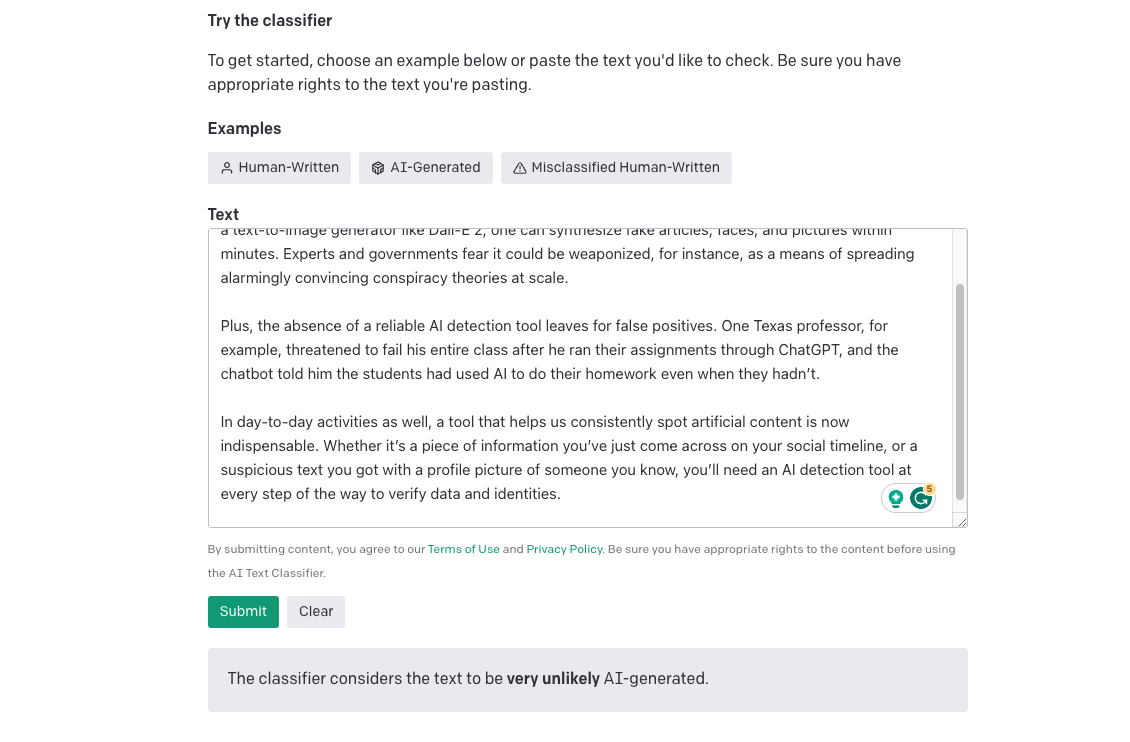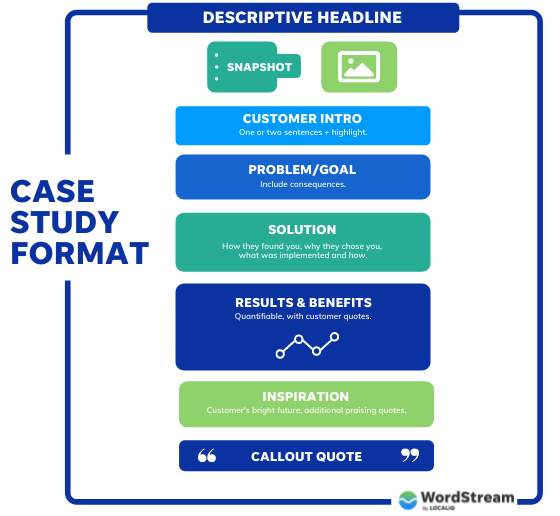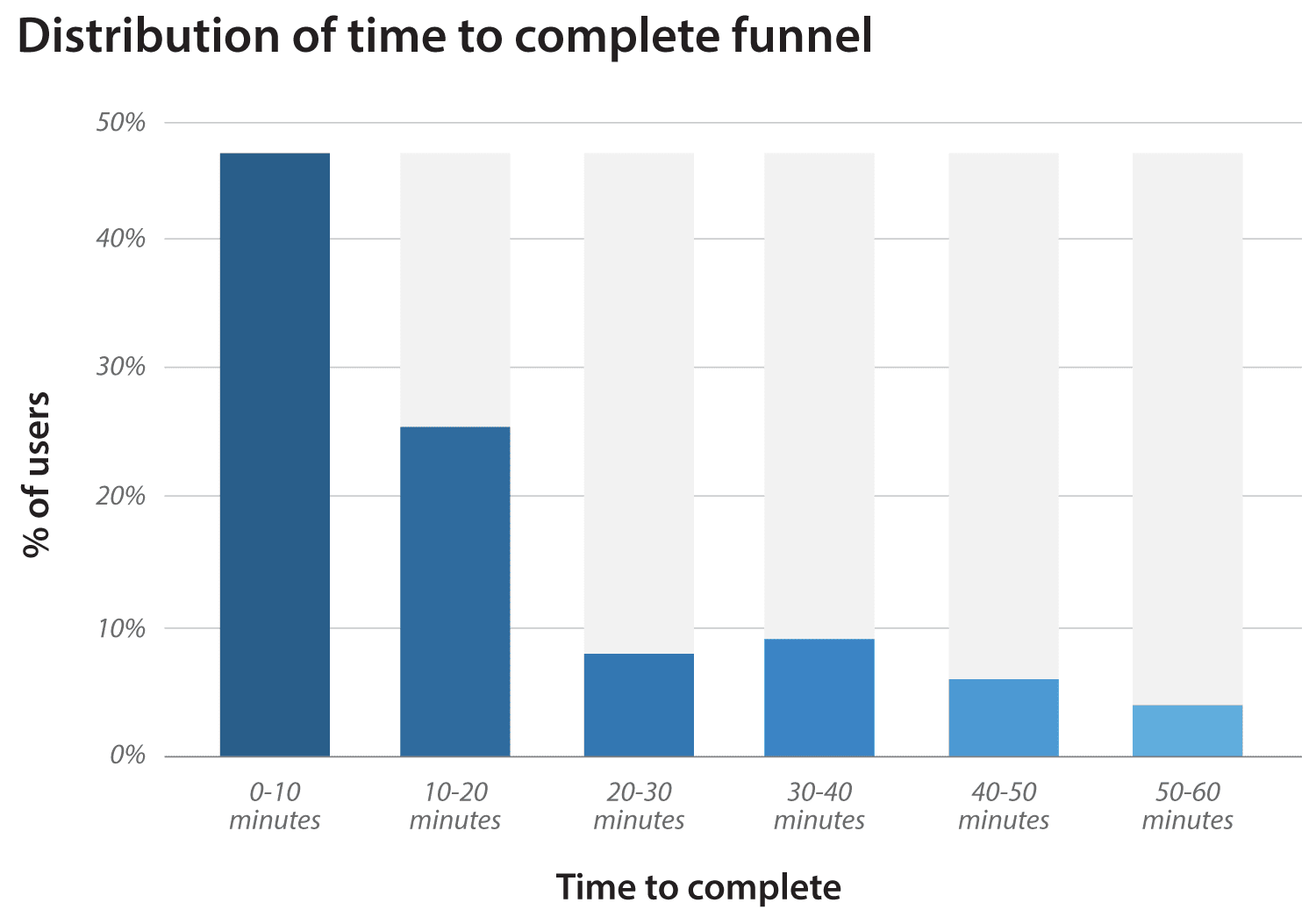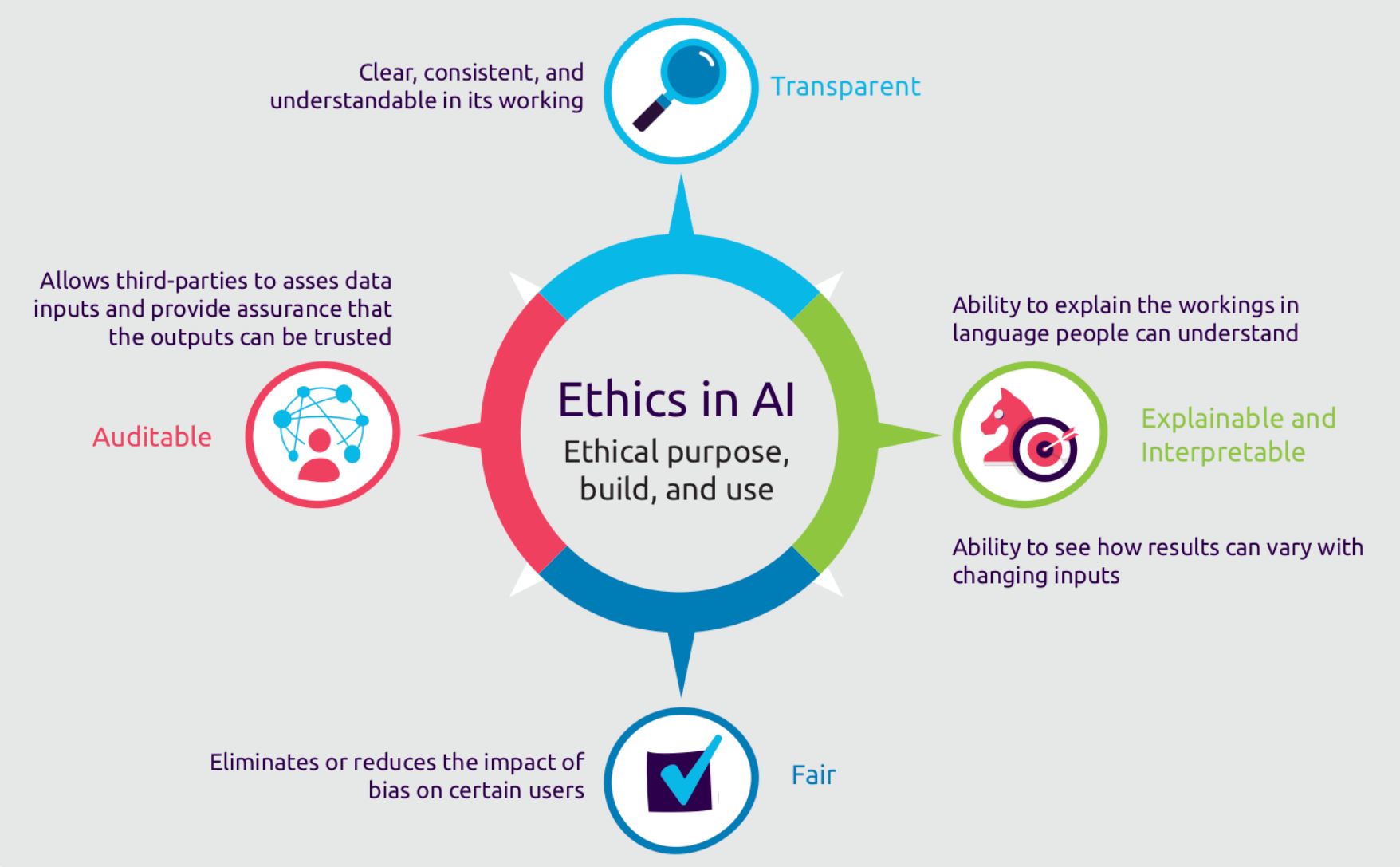Creating engaging interactive content is essential for marketing professionals and content creators who want to connect meaningfully with their audience. Generative AI is leading the way in this evolution, enabling the production of compelling visuals, text, and engaging experiences that resonate with users. In this guide, we will explore the latest advancements in AI technologies, share practical examples of successful implementations, and provide you with tools to harness this potential effectively.
By the end of this guide, you will know how to create personalized interactive content that boosts both engagement and conversion rates. Let’s dive into mastering generative AI for your interactive content needs.
Understanding Interactive Content in Marketing
Interactive content involves any form of media that actively engages users, inviting them to participate rather than simply absorb information. Unlike traditional marketing materials such as brochures or static web pages, interactive content includes quizzes, polls, videos, and infographics that encourage user interaction.
The significance of engagement is substantial; research indicates that interactive content can increase users' time spent on a page by up to 300%. Higher engagement not only strengthens brand recall but often translates into increased conversion rates, as users who interact more are more likely to remember your brand and take action.
With generative AI, creating interactive content has become more straightforward. AI-driven tools personalize content based on user behavior, preferences, and demographics, allowing for a targeted messaging approach that enhances user satisfaction. You can now focus on strategic creation while the AI handles personalization on a large scale.
Interactive content enhances engagement and fosters stronger connections between brands and their audiences. By investing in these AI technologies, you’re not only keeping pace with the evolving marketing landscape but also enhancing your audience's overall experience.
An infographic illustrating the evolution from traditional content to interactive content, highlighting key benefits and features of each. (Source: Entrepreneur)
Leveraging AI Models for Content Creation
Generative AI models, particularly GPT-4 and DALL-E 2, are reshaping how we create interactive content. These models enable a dynamic integration of text, images, and videos, allowing for more robust and engaging content creation.
How GPT-4 Transforms Content
GPT-4 enhances your content strategies by combining natural language understanding with image processing. It can generate text that complements visual elements, creating a seamless interaction between words and images. For example, GPT-4 can analyze an image and produce descriptive text that enriches user comprehension and accessibility.
DALL-E 2 and Real-Time Creativity
DALL-E 2 is particularly noteworthy for its ability to create high-quality images based on textual descriptions. This feature allows you to draft images on command, which can streamline your creative process significantly. When you input a text prompt, DALL-E 2 generates relevant visuals, making it easier for you to create eye-catching content quickly.
The potential for real-time applications of these AI models means you can generate high-quality interactive content on-the-fly. Whether you’re creating marketing materials for a campaign or adapting content based on user feedback, these capabilities make the content creation process more dynamic and responsive.

A screenshot showing OpenAI's AI Text Classifier demo, demonstrating interactions between AI, images, and text. (Source: OpenAI)
Practical Guide to Using ProseVision’s Features
With a solid understanding of the power of AI in content creation, let’s focus on how to effectively use ProseVision’s modules to create interactive content. ProseVision is designed with a user-friendly interface that caters to non-technical users.
Steps to Get Started with ProseVision
-
Sign Up: Go to ProseVision's website and create an account.
-
Explore the Dashboard: Take some time to familiarize yourself with the various features available on the dashboard, including content creation, analytics, and customization options.
-
Create a New Project: Click on "New Project," and select the type of content you want to create. Options include articles, videos, and interactive tools.
Utilizing Different Modules
Content Generation
-
Templates: Use pre-defined templates to kickstart your project. These templates can be customized to match your brand’s style.
-
AI Content Assistance: Use the AI feature to draft content ideas from your bullet points. ProseVision will generate completed sections for you.
Interactive Features
-
Polls and Quizzes: Add interactive polls or quizzes to engage your audience. Select the "Interactive" module and input your questions and answer choices.
-
Visual Integration: Incorporate DALL-E 2-generated images into your content. Prompt the AI with descriptive requests, and it will allow you to insert these images seamlessly.
-
Preview and Publish: Once you’ve created your content, use the “Preview” feature to see how it will appear live. After making any necessary adjustments, click “Publish.”
-
Analytics: After your content is published, use ProseVision's analytics tools to monitor user engagement and feedback. These insights inform future content strategies.

An interface screenshot of ProseVision’s content creation platform, showcasing its user-friendly design. (Source: ProseVision)
Learning from Real-World Implementations
To truly grasp the potential of generative AI in interactive content, let's look at some case studies where companies have successfully implemented these tools.
Mastercard’s Digital Engine
Mastercard created an AI system known as the Digital Engine, which analyzes billions of online conversations to detect emerging micro-trends. By cross-referencing these trends with Mastercard’s core interests—such as travel and entertainment—they craft timely and relevant content that resonates with their audience.
Spotify’s Personalized Recommendations
Spotify successfully uses AI to personalize user experiences through predictive algorithms. These algorithms map customer journeys to provide tailored recommendations. This level of personal engagement has contributed to Spotify achieving over 226 million premium subscribers.
AI-Generated Content at Sephora
Sephora employs AI to create dynamic landing pages that feature real-time product descriptions based on user search criteria. This strategy has boosted their organic search traffic significantly, highlighting the potential for efficient content generation through AI.
These examples provide valuable insights into how you can effectively harness AI for crafting engaging, interactive content that meets the diverse needs of today’s consumers.

A template illustrating how to present marketing case studies effectively, highlighting key metrics and outcomes. (Source: WordStream)
Choosing User-Friendly Tools for Non-Technical Users
As someone working in marketing, you might be concerned about using AI tools if you don't come from a technical background. Fortunately, several platforms can help you create interactive content without requiring extensive technical skills.
Useful AI Tools for Your Content Needs
-
Canva:
- This versatile design tool is excellent for creating engaging graphics. It also includes AI features that assist in layout suggestions and design help.
-
Synthesia:
- An AI video generator that simplifies the process of creating video content. By using AI avatars, you can produce engaging videos without needing cameras or sets.
-
Lumen5:
- This platform automates the video-making process, allowing you to transform written content like blog posts into videos efficiently.
These user-friendly tools emphasize accessibility, providing features like drag-and-drop functionality and customizable templates to make the process smooth for everyone.
Using tools tailored for non-technical users helps you overcome potential barriers in crafting interactive content, ensuring that your marketing strategies compete effectively in the digital arena.

A comparison table showcasing different marketing tools, their features, and functionalities. (Source: Ninja Tables)
Measuring Effectiveness: Key Metrics for ROI
To evaluate how effective your AI-generated interactive content is, tracking specific performance metrics is crucial. Monitoring these metrics can help you understand engagement levels and align your content strategies accordingly.
Essential Metrics to Consider
-
Engagement Rates:
- Look at completion rates and track how long users interact with your content.
-
Conversion Metrics:
- Analyze lead generation, sales conversions, and the effectiveness of your landing pages to gauge your ROI.
-
User Feedback:
- Conduct surveys to measure user satisfaction, utilizing tools like Net Promoter Scores to evaluate the overall experience with your interactive content.
-
Cost-Efficiency:
- Compare time spent and resources used to create AI-generated content versus traditional methods to understand its cost-effectiveness.
By consistently tracking these metrics, you can refine your strategies and enhance the effectiveness of your interactive content.

A graph illustrating trends in user engagement metrics, a vital measurement for evaluating AI-generated content effectiveness. (Source: Gainsight)
Navigating the Ethical Landscape: Guidelines for Responsible Use
As you implement AI-generated content into your strategies, understanding the ethical considerations and compliance requirements is essential. Familiarizing yourself with regulations helps mitigate potential risks.
Guidelines to Follow
-
Transparency:
- Clearly inform your audience when they’re engaging with AI-generated content. For example, California’s AI Transparency Act requires such disclosures.
-
Data Privacy:
- Be aware of privacy laws, like GDPR and CCPA, that govern how you collect and handle user data in your content creation.
-
Accountability:
- Regularly review and audit your AI content to manage biases or inaccuracies in outputs. This will help maintain trust with your audience.
-
User Consent:
- Prioritize obtaining consent from users when personalizing content based on their data.
By adhering to these ethical guidelines, you can responsibly engage with the capabilities of AI while building trust with your audience.

A flowchart displaying ethical guidelines and principles for creating AI-generated content, emphasizing responsible usage. (Source: Hibernian Recruitment)
Looking Ahead: Future Trends in Content Creation
As AI technology continues to evolve, it’s important to consider the emerging trends that will shape the future of interactive content. Staying informed about these developments allows you to remain competitive.
Key Trends to Watch
-
Increased Personalization:
- Expect AI to provide even tighter personalization as data processing capabilities improve.
-
Immersive Content Experiences:
- Innovations in augmented reality (AR) and virtual reality (VR) will enhance content interactivity and engagement.
-
Evolving Ethical Standards:
- As AI use grows, so will the regulations guiding its use. Organizations will need to ensure systems are in place for compliance.
-
Collaboration Between Humans and AI:
- The best results will likely arise from human-AI partnerships, blending creativity and efficiency.
By adapting to these trends, you can continue to innovate your content strategies and keep pace with the changing landscape.
A conceptual image illustrating futuristic ideas in digital content marketing, including interactive and immersive content. (Source: LinkedIn)
Conclusion
Mastering generative AI for interactive content creation is a crucial skill in today’s marketing environment. With the right AI tools and a clear understanding of your audience, you can create engaging interactive experiences that drive measurable results.
Leveraging multimodal AI models alongside effective measurement and ethical standards allows you to fully utilize AI's potential. The future is promising for those who embrace this technology thoughtfully. Start experimenting and exploring generative AI today to unlock new levels of interactivity in your content.


Comments (0)
Sign in to participate in the discussion or .